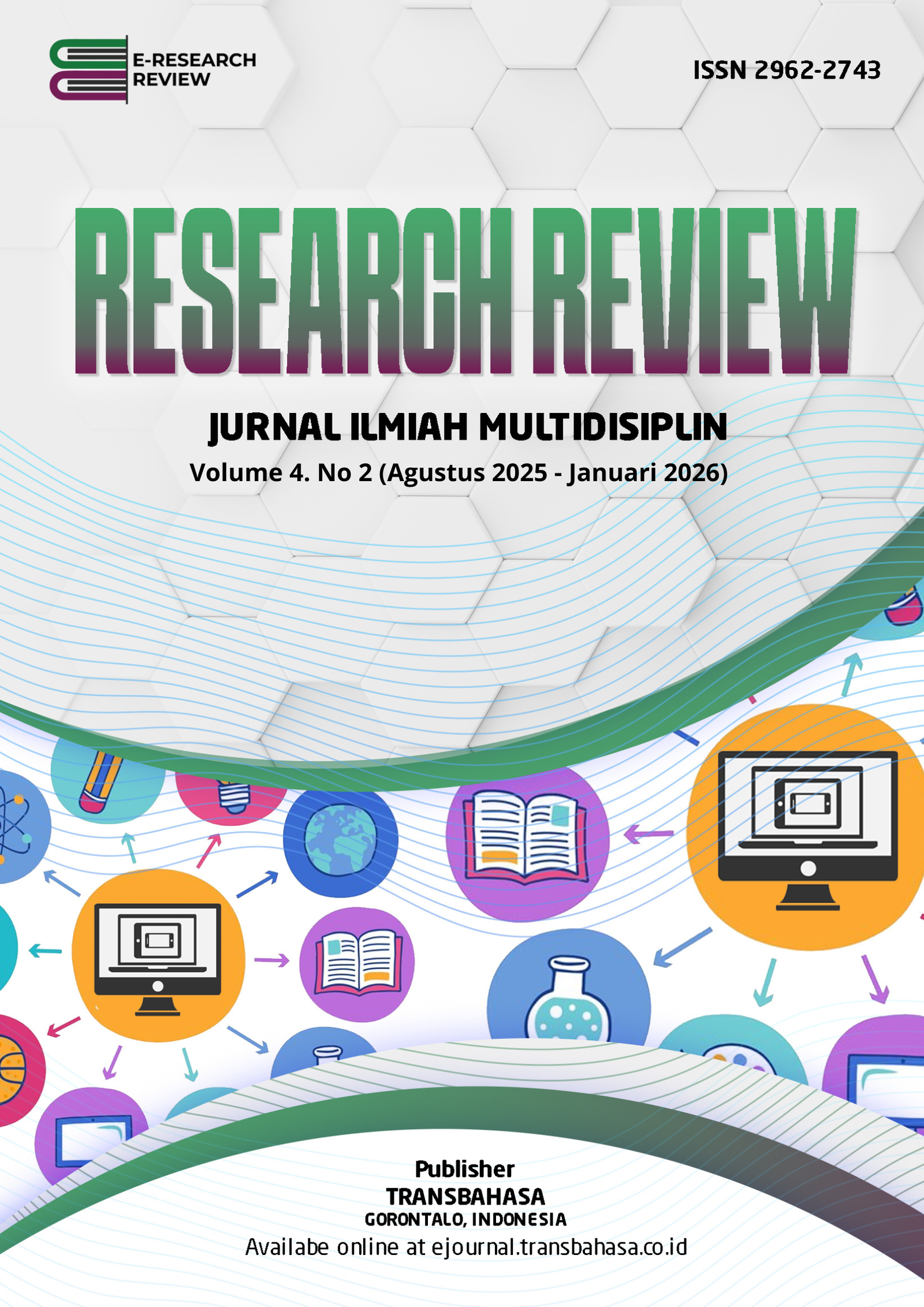Pengaruh Penempatan Tangga Terhadap Eksentrisitas Bangunan Gedung 5 Lantai (Studi Kasus: Gedung Rawat Inap RSUD dr. Hasri Ainun Habibie)
DOI:
https://doi.org/10.54923/researchreview.v4i2.168Keywords:
Eccentricity, Multi-storey Building, ETABS, Stair PlacementAbstract
One vital factor in designing earthquake-resistant structures is the torsional moment generated by eccentricity, or the distance between the center of mass and the center of rigidity. Thus, the eccentricity value needs to be minimized to reduce the resulting torsion. This study aimed to analyze the effect of variations in staircase placement on eccentricity, using the Inpatient Building at RSUD (Regional General Hospital) Dr. Hasri Ainun Habibie, Gorontalo, as a case study. Modeling was performed on seven variations of stair placement, with placement 1 representing the existing condition using shear walls. The shear walls were then removed to assess the structural effectiveness of the stair placement changes. The analysis results indicated that even without shear walls, eccentricity values were lower than those obtained for placement 1 (the existing), namely for placements 6 and 7. The smallest eccentricity value was discovered in placement 7 with a value of 0.76%, where the stairs were symmetrical about the X and Y axes. Conversely, the largest eccentricity value was discovered in placement 4 with a value of 10.55%, where the stairs were positioned close together. These differences confirmed that the staircase placement configuration significantly affected the building’s eccentricity.







